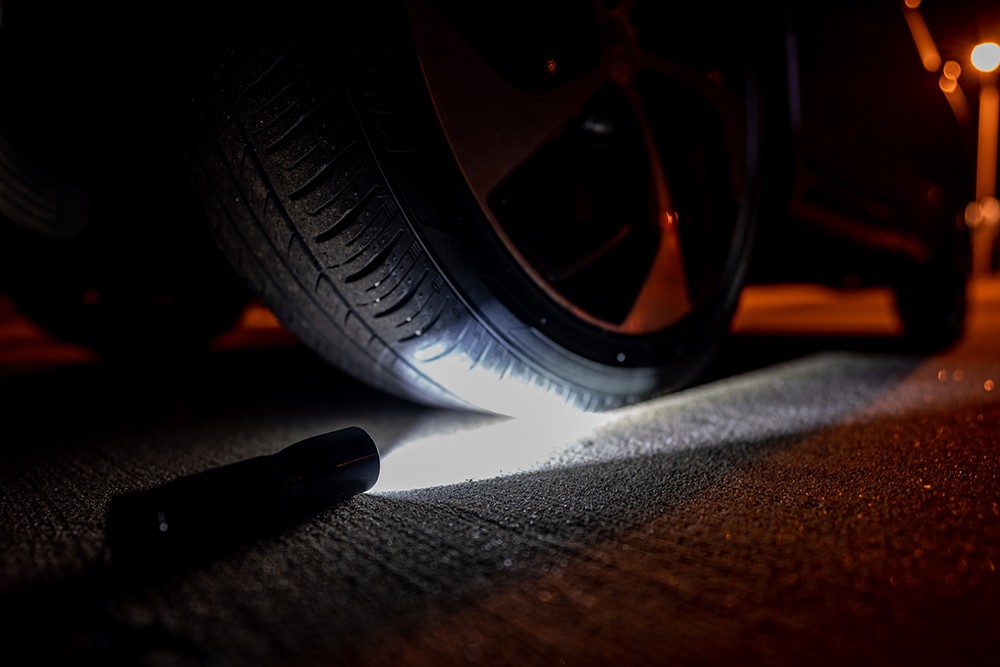Road Safety: Shed Some Light On Dark Autumn Nights

More than one out of every seven road fatalities happen at night. One safety organization is out to change that.
First Responders Children's Foundation, along with a sponsorship from Mag Instrument Corporation, is on a mission to illuminate the dangers of driving in low-visibility conditions. The goal is to increase awareness and urge people to use caution while driving.
“A flashlight for your car is something that is often overlooked,” said Lou Desmond, a representative from Mag Instrument, Inc., the manufacturer of the Maglite Flashlight.
“We suggest car owners purchase LED flashlights in various sizes and accessories like mounting brackets, an additional charging cradle, a 120V wall converter for home use, and a 12v DC adapter for the car.”
Part of the safety plan emphasizes the importance of having sufficient light sources for when your car breaks down, especially at night.
When it comes to safety lights, lumens are important but not always ideal for certain situations, Desmond said.
“Everyone focuses on lumens, but if your light is too bright, there are some disadvantages. If you stare into a light, you can see sun spots and literally blind yourself.
“You don’t need a bright light to read a map or look in your truck, for example. But if you want to be seen from a distance away, you will need those extra lumens.”
“So, if you’re shopping for an LED flashlight, make sure it has several settings because super high lumens are essentially meaningless when you’re out there in the road in the middle of the night.”
The key factors to compare when selecting an LED flashlight:
- Light output
- Battery type and run time
- Size and weight
- Brightness
- Price
- Rechargeable batteries
- Water & heat resistant
- Multiple lighting modes
Interesting facts about LED lights:
- An incandescent lamp converts about 9-10 percent of the energy fed to it into light, whereas LEDs convert nearly 100 percent of the energy they consume as light.
- LEDs contain no mercury— and at least 95 percent of an LED is recyclable.
- LED lamps on average are not subject to serious damage from external shock.
- The lighting industries as a whole are pushing LEDs to replace incandescent sources in a variety of applications, but the first time that LEDs actually did displace incandescent lamps was in vehicle brake lights, signal lights, and traffic lights – back in 1987!